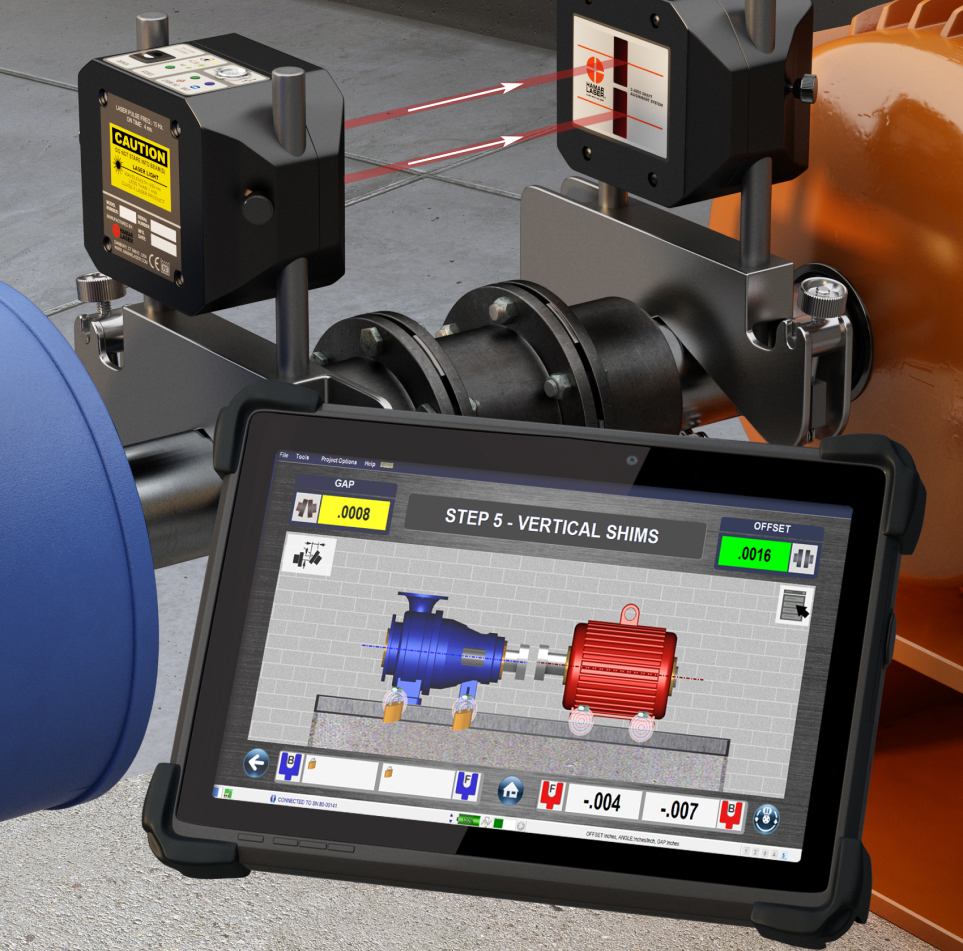Contents

Source: Shaft Alignment
Understanding Alignment Lasers in Photonics
Introduction to Alignment Lasers
Alignment lasers are specialized laser devices designed for precision alignment purposes in various industries. They typically feature visible lasers with low to moderate output power and high beam quality. Common types include red or blue laser diodes and green frequency-doubled diode-pumped solid-state lasers.
Output Beam Characteristics
Alignment lasers can emit different beam shapes, such as spot lasers for marking a single spot, line lasers for projecting narrow straight lines, and cross lasers for producing perpendicular lines. Some devices offer multiple parallel lines or spot patterns. The output beam is usually collimated with flat wavefronts, and adjustments for focusing may be available.
Applications of Alignment Lasers
Alignment lasers find applications in various industries, such as marking spots on workpieces for drilling or cutting, military targeting support, optical communications alignment, machinery alignment, and monitoring device movements. They are also used in laser resonator alignment and fabric cutting processes.
Output Powers and Wavelengths
Alignment lasers come in a range of optical powers, from low mW levels to higher powers that require safety precautions. They often emit red light due to cost-effective red laser diodes, but green lasers are preferred for better visibility. Infrared alignment lasers are used in military and night vision applications. Laser bandwidth and wavelength selection are crucial for visibility and compatibility with optical systems.
Stability and Housing
Beam stability and housing design are essential for alignment lasers. Stable beam pointing, minimal beam direction changes due to mechanical shock, and precise housing alignment contribute to reliable performance. Various housing shapes and materials are available, with options for mounting and environmental protection features.
Additional Features
Alignment lasers may operate on batteries or external power supplies, with continuous or switchable light output. Some models offer power adjustment and TTL input for control flexibility. Waterproof and dust-resistant housings ensure durability in harsh environments.
Conclusion
Alignment lasers play a crucial role in achieving precise alignment in industrial processes, military applications, and optical systems. Understanding their beam characteristics, applications, power levels, wavelengths, stability, housing options, and additional features is essential for selecting the right alignment laser for specific requirements.

Source: Reliable Plant
Feel free to comment your thoughts.



